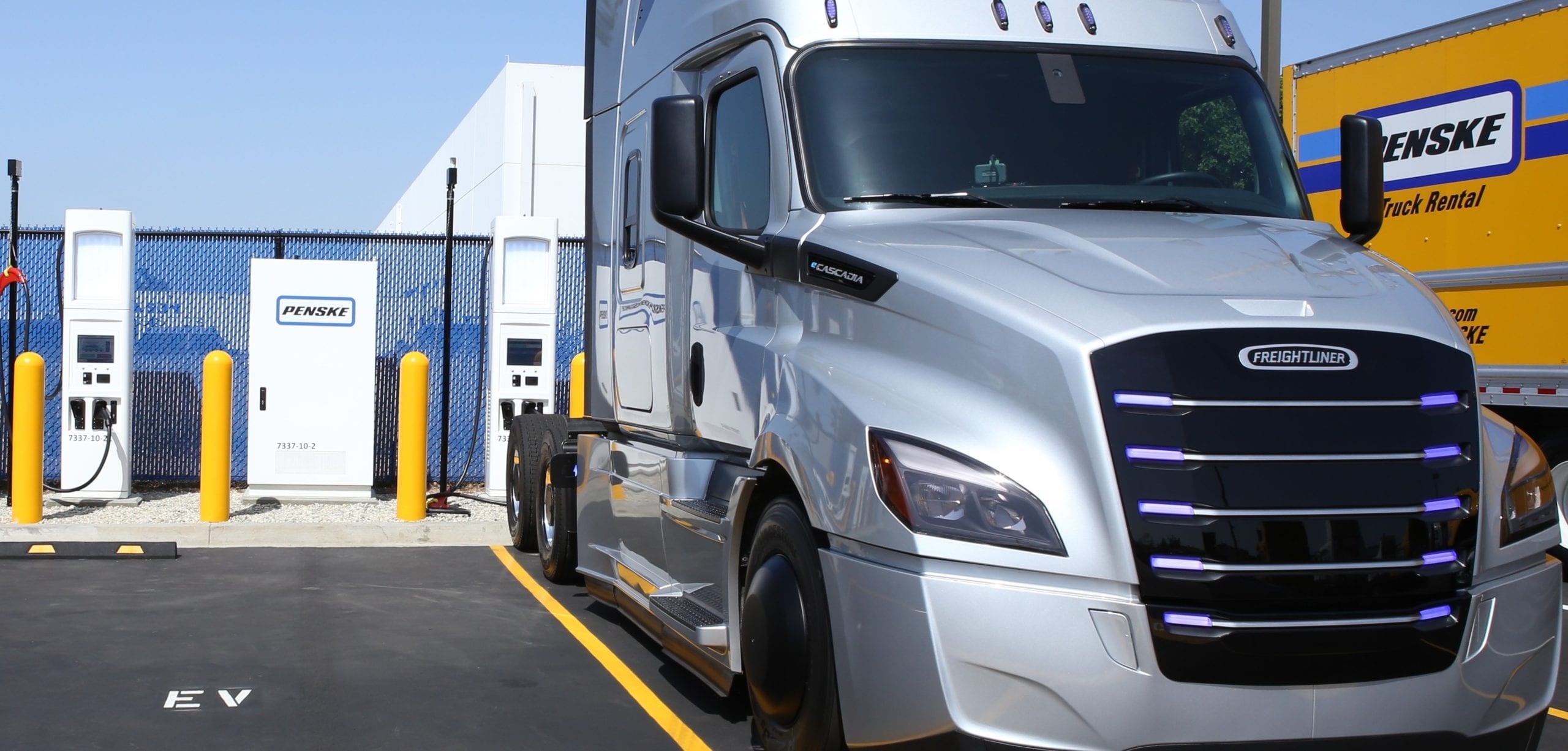New York State aims to have two million electric vehicles (EVs) on the road by the year 2030. Those EVs will need high speed chargers, and agencies like New York Energy Research and Development Agency (NYSERDA) are making sure that they are ready in time for fleets and consumers who will need them.
Though New York has been successful at rapidly deploying Level II chargers at public locations, homes and workplaces, Direct Current Fast Chargers (DCFC) are a new challenge. DCFCs require 480V—a service that can require substantial upgrades to the electrical service. Furthermore, to provide 480V to the charging station, trenching from the main switchboard is often needed which complicates permitting in many cases. Like solar and energy storage projects, permitting for EV chargers can be a major source of delay and, for project developers, added cost as well.
New York State aims to have two million EVs on the road by 2030 and NYSERDA is making sure the State is ready.
New York State Corridor Development
Although New York already has over 76 DCFCs spread across the state, the vast majority of Authorities Having Jurisdiction (AHJs) have never permitted a station and the state’s infrastructure plans call for widespread deployment of DCFCs. New York Power Authority’s planned fast charging network will deploy charging sites at approximate 40-50-mile intervals on key corridors, a 10-charger hub at JFK airport, and urban charging in Yonkers, Albany, Syracuse, Rochester, and Buffalo.
Deploying DCFC across the state is key to developing the market, enabling the electrification of light duty vehicle travel and freight transport, and ensuring high speed EV charging is widely available. For corridor development projects to be successful, even small and rural AHJs need to be familiar with the new technology.
Deploying DCFC infrastructure across New York is key to developing the EV market.
New Tools Available
To assist Building Code Officials and developers in commissioning DCFC more quickly, the New York State Energy Research and Development Authority (NYSERDA) is publishing a suite of guides, tools, and training materials. NYSERDA contracted with Gladstein, Neandross & Associates (GNA) to work with more than 45 New York AHJs to develop these materials which are tailored to New York’s own unique needs— as compared to other states.
“We are committed to working closely with New York communities and providing them with the tools needed to enable new clean energy technologies, including EV charging stations” says Adam Ruder, NYSERDA’s Assistant Director for Clean Transportation. “These resources help AHJs learn best practices and bring more certainty to developers looking to install charging stations.”
NYSERDA’s Guidebook to DCFC permitting provides building code officials with the necessary tools to streamline the process.
NYSERDA’s Guidebook for building code officials provides an overview of permitting challenges in New York.
NYSERDA’s Guidebook for building code officials provides an overview of DCFC permitting challenges in New York and administrative and technical best practices for both permit applicants and permitting authorities. The Guidebook includes tools such as model ordinances and a sample permit application that would be useful to professionals in any state.
Understanding Accessibility Requirements
A unique feature of NYSERDA’s Guidebook is coverage of accessibility requirements- which can vary significantly from place to place. Although New York’s code does not yet specify, using precedent and best practices from other states, the NYSERDA Guidebook provides case-specific instruction for developers, code officials and property owners on questions including paths of travel and number of accessible spaces required.
The Guidebook includes tools such as model ordinances and a sample permit application.
“Tools and templates that creative uniformity between AHJs are immensely helpful to the industry,” writes Bob Coale from Gladstein, Neandross & Associates (GNA). “Uniformity creates predictability and efficiencies that drive down soft costs and ultimately decrease new station commissioning times.”
Training
Although the availability of in-person trainings and distribution of the toolkit has been prevented in part by COVID19, the guidebook and other resources are available online. When in-person gatherings resume, New York will benefit from a strong network of building code associations and chapters in the state. According to Coale, “New York Code officials are knowledgeable and committed to the advancement of this new clean energy economy. In the coming year code officials from across New York State will gather to learn and share knowledge and best practices on a variety of technologies including EV charging. Supporting code officials with the right tools and resources is a proven tactic for accelerating the deployment of new clean energy technologies.”
For more information, please see NYSERDA’s toolkit of EV charging resources for project developers, property owners and users.


